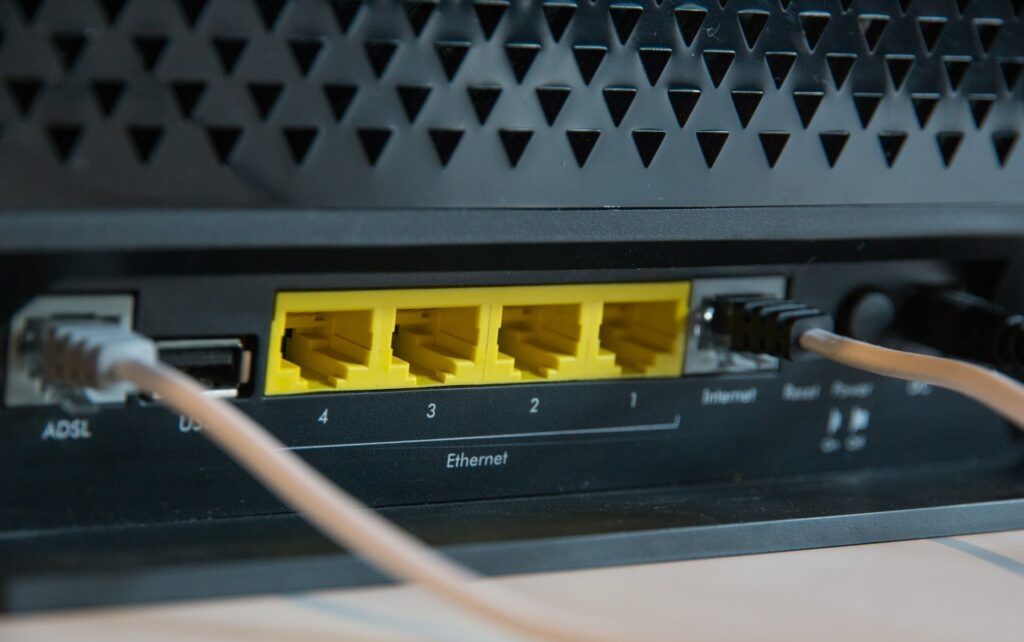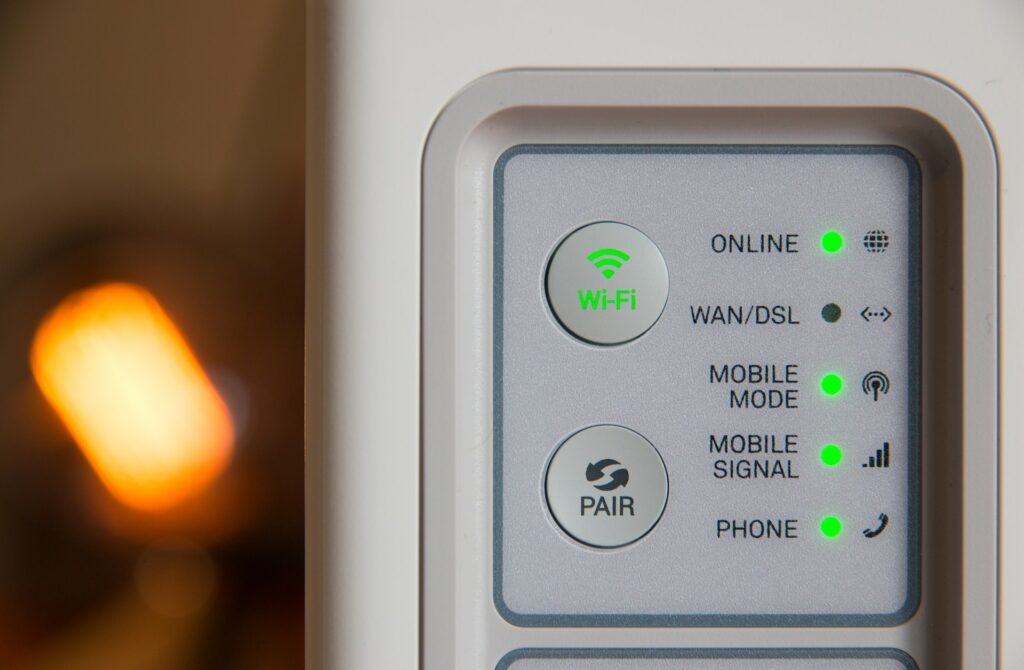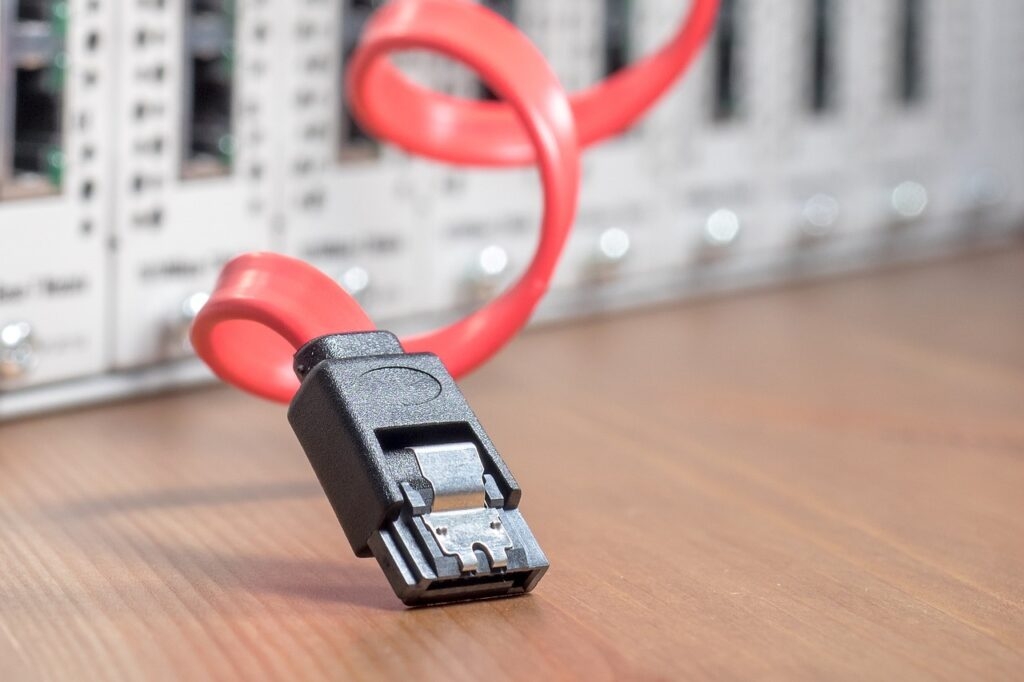In this blog post, we’ll provide some basic troubleshooting tips so you can get back online as soon as possible.
1. Check your modem and router.
The first step is to make sure your modem and router are working correctly. Check the lights on the modem and router to make sure they’re on and functioning properly. If not, try unplugging them both and plugging them back in after a few minutes. This will reset the connection and may fix any issues you were having with your connection.
2. Check your cables and wires.
Once you’ve checked your modem/router, the next step is to check all the cables connecting your computer or other devices to the router or modem. Make sure they are all plugged in securely and there are no frayed wires or other damage that could affect your connection speed or quality. If any of these cables are damaged, consider replacing them as soon as possible since damage can worsen over time if left unchecked. Read: Fix the “No Internet, Secured” Connection Error
3. Check your WiFi settings.
If checking your cables didn’t help fix the issue, then it might be worth checking out the wifi settings on your device. Make sure that everything is set up correctly and that all of the passwords match what’s stored on the router/modem itself. It’s also important to check for any software updates for your devices that may affect how it connects to wifi networks.
4. Check your internet provider and network status.
It’s also worth checking with your internet service provider (ISP) directly to see if they are experiencing any network outages or service disruptions in your area. You can usually find this information on their website or by calling their customer support line directly. Most major internet providers, like Verizon, Spectrum, HughesNet, and AT&T, usually perform scheduled maintenance. So, it’s worth double-checking if any scheduled maintenance windows could explain why you’re suddenly unable to access certain services online.
5. Test your WiFi on different devices.
If none of the above tips have worked, you may want to try testing your connection on a different device. This will help determine if the issue is specific to one particular device or not. If your wifi works perfectly fine on other devices and not on yours, then there could be an issue with the settings or software of your device itself. Read: Fix: “Unidentified Network, No Internet” Issue on Windows
6. Connect to the internet via an Ethernet cable.
If you’ve gone through all of the steps above and don’t seem to be making any progress, then it might be worth trying to connect directly using an Ethernet cable. This can either be done by connecting an Ethernet cable from your computer directly to the modem or router or by plugging in a separate network switch that allows you to connect multiple devices simultaneously. By connecting directly via an Ethernet cable, you can bypass any potential wireless interference or range issues that may have been causing the connection problems in the first place. Read: Cat5 vs. Cat6, the Best Ethernet Cable
7. Reset all your devices.
If all else fails, reset all of your devices and start from scratch. This means unplugging everything from the modem/router, powering them off, and then plugging them back in again after a few minutes. This should reset the connection and allow you to set up your network once again. Most network connections usually resolve after doing this.
8. Check if you’re being blocked by your ISP.
Regardless of your internet plans, if you forgot to pay your internet bill or violated your ISP’s terms of service, they may have blocked your connection. You should call or email your internet provider directly to make sure you’re in good standing with them and not being blocked from the internet for any reason. Conclusion Losing internet access can be a huge headache, but thankfully, there are some basic troubleshooting steps you can take before having to call up tech support for help. By following these simple steps, you should be able to get connected again in no time, so you can go back to streaming movies and browsing websites again without interruption! For those more tech-savvy users out there, remember that most ISPs offer additional support resources such as tutorials and forums where you can learn more about fixing common technical issues yourself. Read: How to Use the Internet Anonymously


